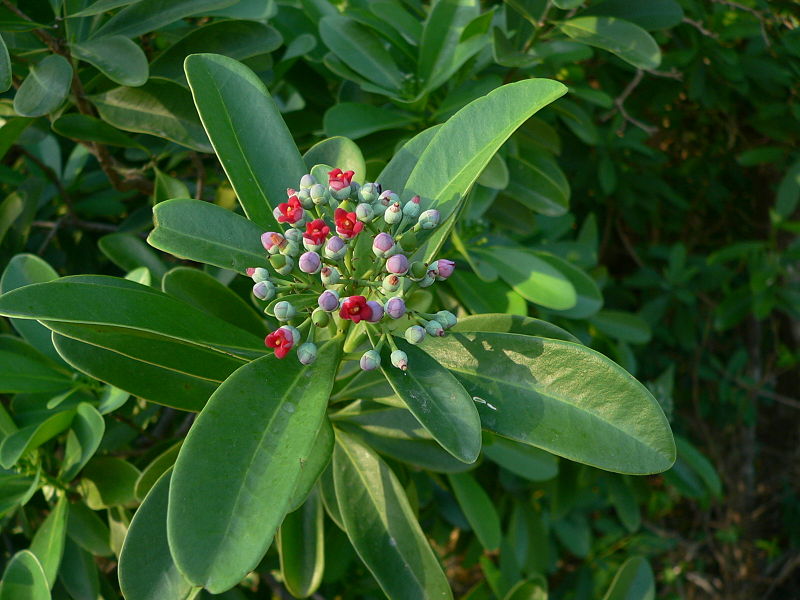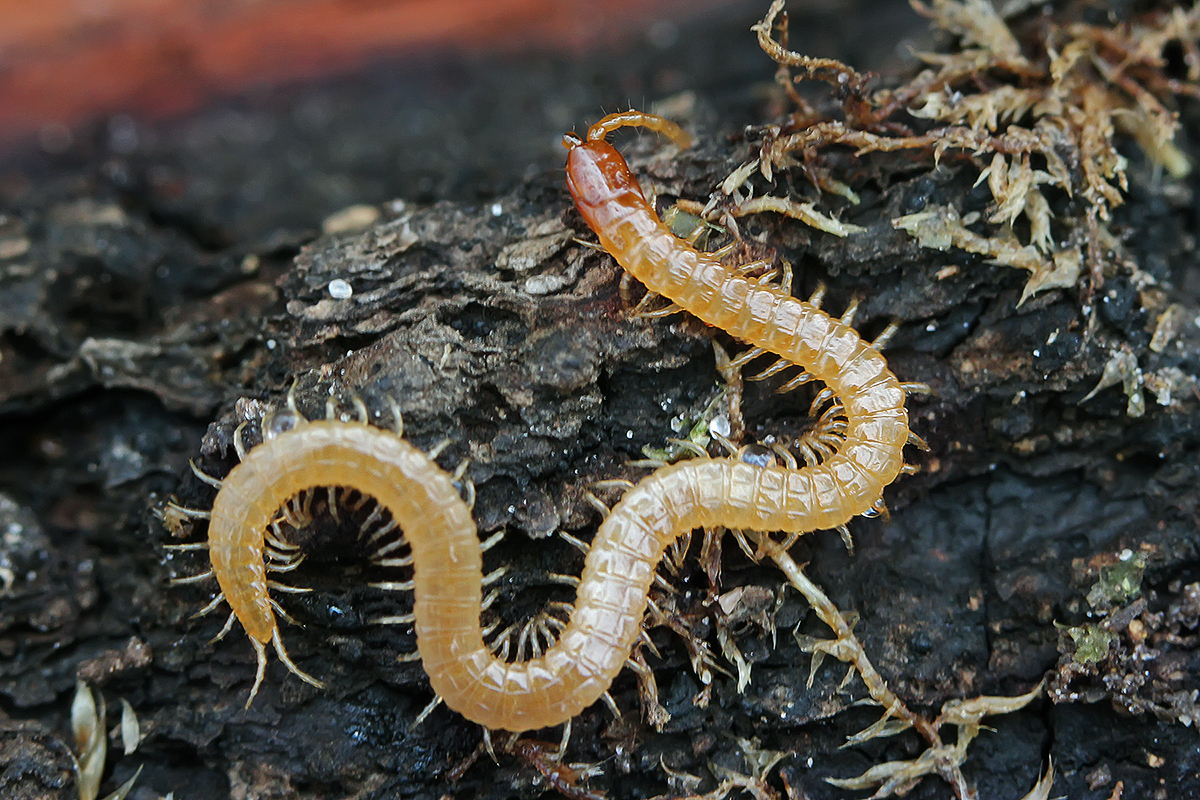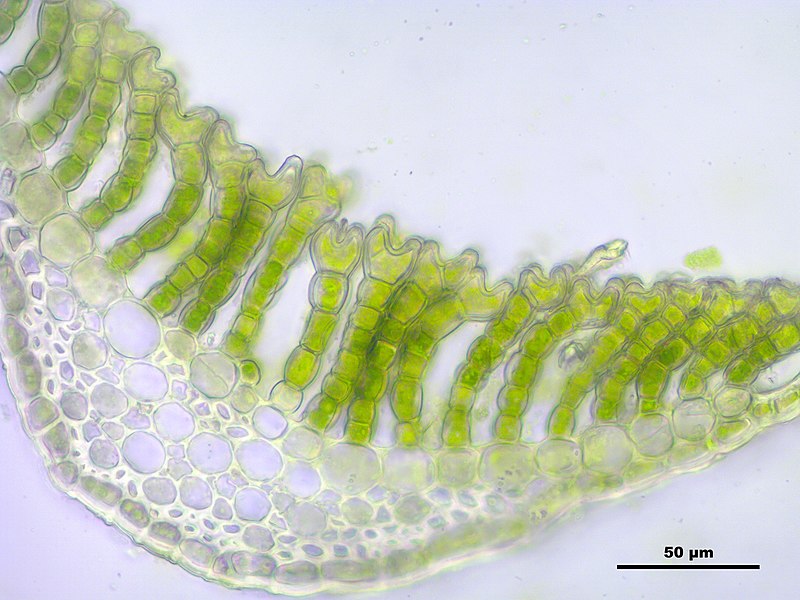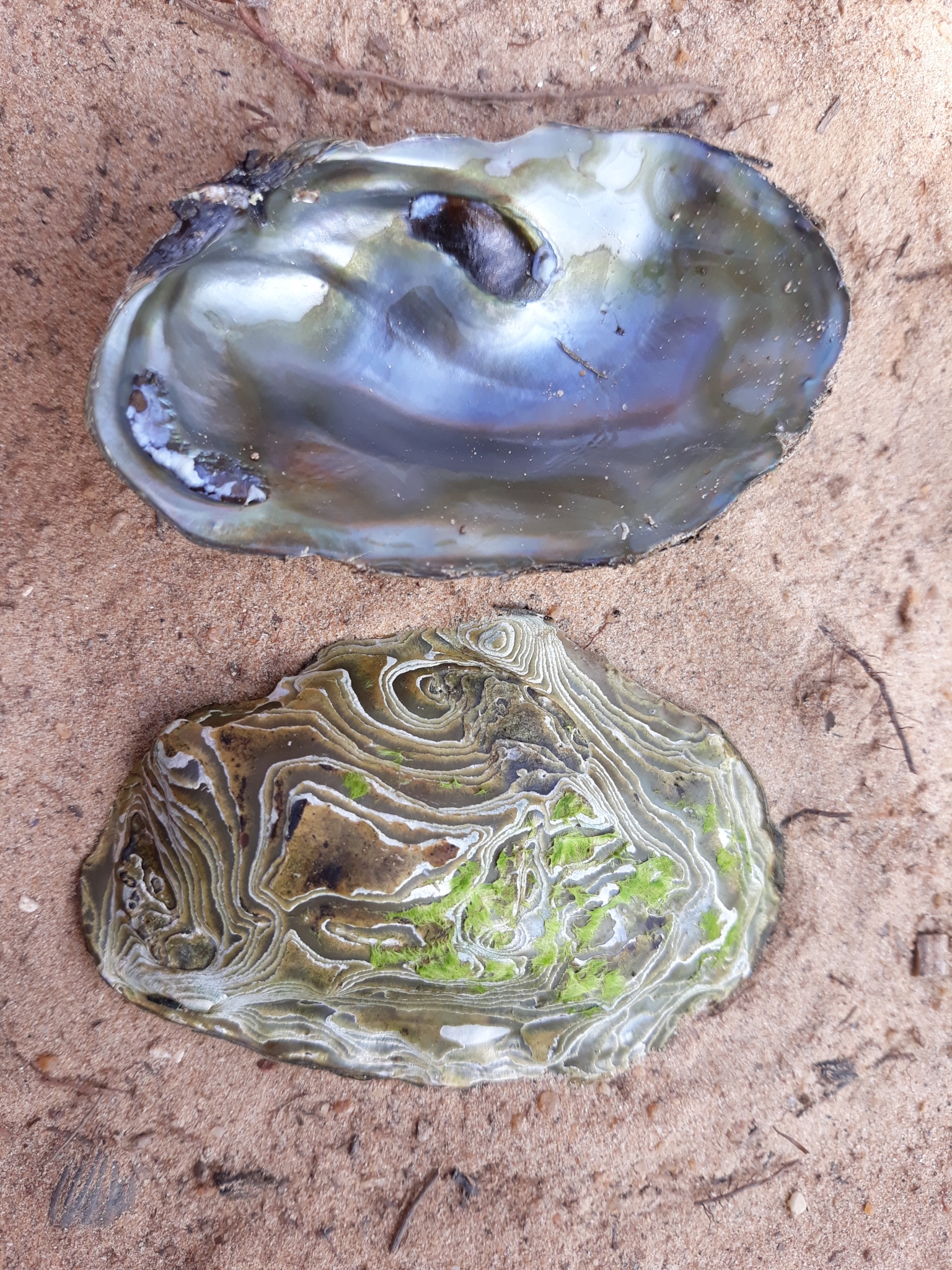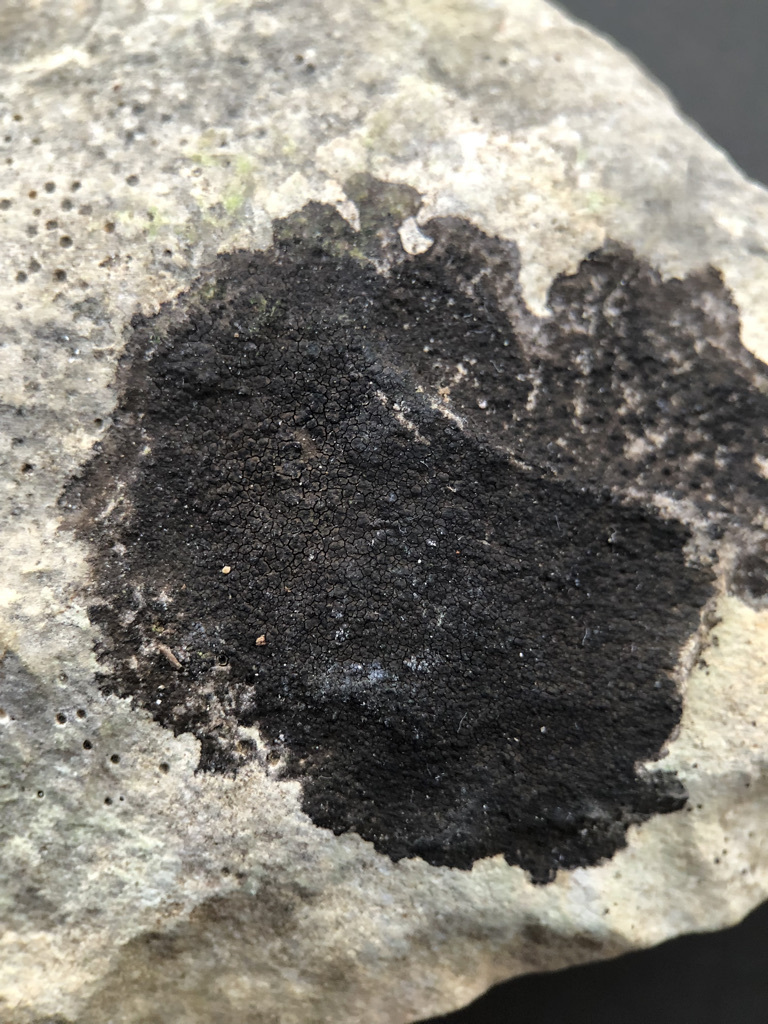by Piter Kehoma Boll
Ferns make up an amazing group of plants and can have many different shapes and sizes. Some can grow like a tree, the so-called tree ferns, which are the tallest ferns in the world today. However, some other not-quite-tree ferns can also become really large. And one of those is today’s fellow, Angiopteris evecta, known as the king fern, giant fern, oriental vessel fern and many other names.
Native from Indonesia, Australia and many Pacific Islands near the equator, the king fern was discovered by European naturalists in the second half of the 18th century and it soon started to be cultivated as an ornamental plant due to its astonishing looks. The fronds (i.e., leaves) of the king fern are bipinnate, meaning that they have a feather shape, like in most ferns, where the leaflets are themselves formed by smaller leaflets. The shape of those fronds is nothing that special, but their size is amazing, as they can reach up to 9 m in length and 2.5 m in width. About 2 m of its length is formed by the thick and fleshy petiole. This makes them the largest fern leaves in the world, and they are even more incredible because despite this huge size they have no hard, woody tissues to sustain them, relying entirely on the hydraulic pressure of the sap.

The rhizome (i.e., stem) of the king fern is also huge. It can reach up to 1 m in diameter and get very long. Most of it lies on the ground, like a fallen tree trunk, but the tip is often vertical and can reach up to 1.5 m in height. Overall, considering the size of the huge fronds, the plant can be up to 7 m high and 16 m wide.
The preferred habitat of the king fern are hot rainforests with very rich and drainable soils and good water availability, often near the coast. The sporangia that grow on the underside of the fronds produce a very large number of spores, which enables the king fern to spread quickly across suitable areas. As a result, it became invasive in some areas where it was introduced as an ornamental plant, such as Hawaii, Jamaica, Cuba and Costa Rica. Other regions where the king fern can potentially become invasive include most of the Caribbean and the tropical forest near the coast in Central and South America, Africa and Southeast Asia.

The king fern is traditionally used as a medicinal herb by the Dayak people in Borneo, especially to treat liver problems. The rhizome is highly toxic, but apparently can be eaten after a process to extract the toxins. Studies with extracts of the plant indicated that it has the potential for the development of drugs against HIV-1 and tuberculosis.
And there is one more interesting thing about this species. There are fossil fronds from the Carboniferous, about 300 million years old, that are basically identical to those of the king fern. This suggests that this species is insanely old, and was widespread around the whole world during that time. Later, as the eras passed, it retreated to its current native location in areas near the tropical Indo-Pacific. Now, due to human intervention, it seems that the king fern is about to dominate the whole planet again 300 million years after its last empire.
– – –
– – –
References:
Christenhusz, M. J., & Toivonen, T. K. (2008). Giants invading the tropics: the oriental vessel fern, Angiopteris evecta (Marattiaceae). Biological Invasions, 10(8), 1215-1228. https://doi.org/10.1007/s10530-007-9197-7
Kamitakahara, H., Okayama, T., Agusta, A., Tobimatsu, Y., & Takano, T. (2019). Two‐dimensional NMR analysis of Angiopteris evecta rhizome and improved extraction method for angiopteroside. Phytochemical Analysis, 30(1), 95-100. https://doi.org/10.1002/pca.2794
Wikipedia. Angiopteris evecta. Available at < https://en.wikipedia.org/wiki/Angiopteris_evecta >. Access on 30 December 2021.
– – –
* This work is licensed under a Creative Commons Attribution-ShareAlike 4.0 International License.
This work is licensed under a Creative Commons Attribution-ShareAlike 4.0 International License.
** This work is licensed under a Creative Commons Attribution 3.0 Unported License.
This work is licensed under a Creative Commons Attribution 3.0 Unported License.













